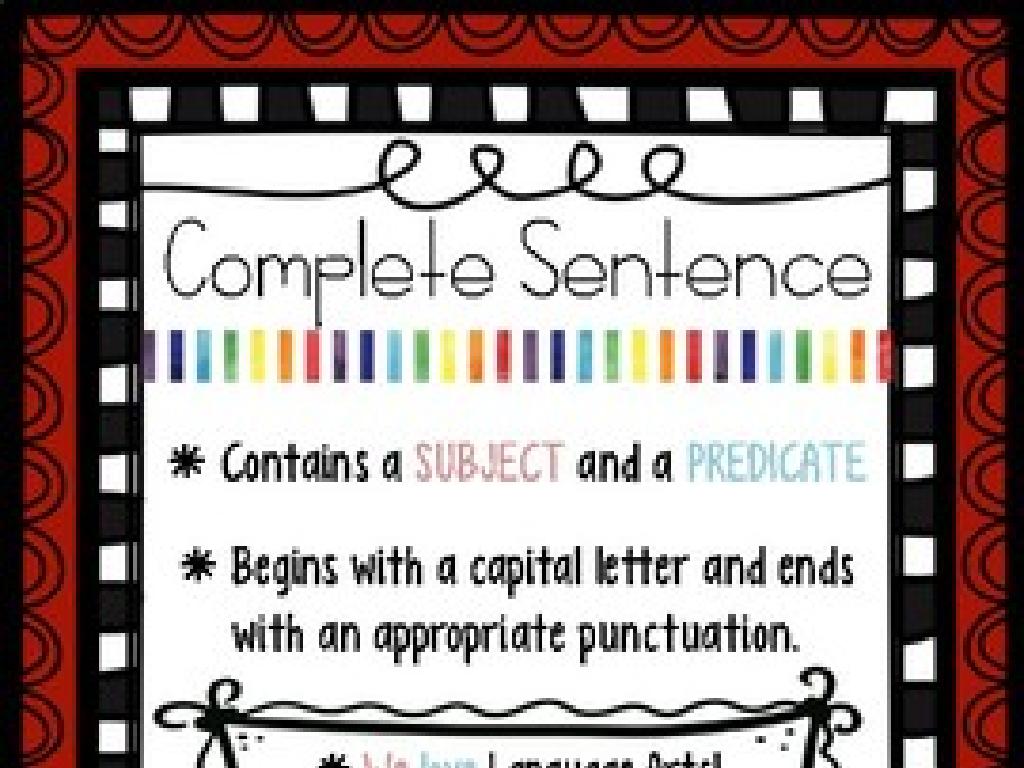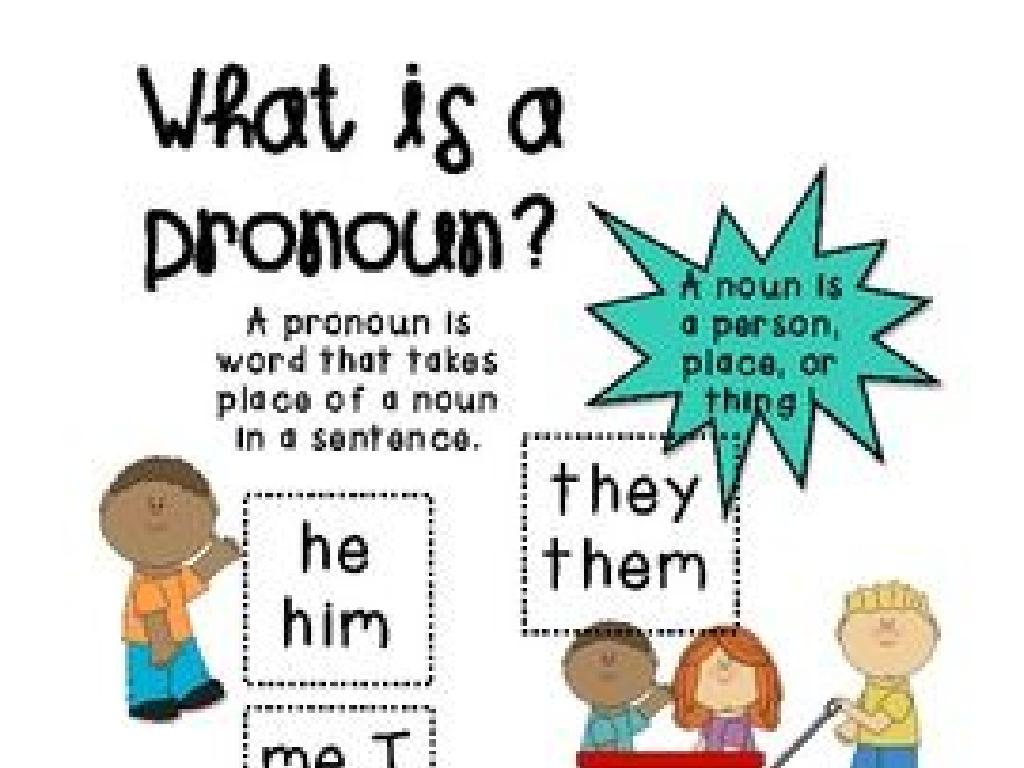Consumer Credit
Subject: Life skills
Grade: High school
Topic: Financial Literacy
Please LOG IN to download the presentation. Access is available to registered users only.
View More Content
Introduction to Consumer Credit
– Understanding Consumer Credit
– It’s the ability to borrow money with the promise to repay later.
– Importance of credit in life
– Credit can affect purchasing power and financial stability.
– Types of consumer credit
– Different forms cater to various financing needs.
– Credit cards, loans, and mortgages
– Examples include buying everyday items, large personal purchases, or a home.
|
This slide introduces the concept of consumer credit, which is a cornerstone of financial literacy. It’s crucial for students to grasp that consumer credit allows individuals to purchase goods or services now and pay for them later, which can be both beneficial and risky. Emphasize the importance of credit in achieving personal financial goals and how it can impact one’s financial reputation. Discuss the common types of consumer credit, such as credit cards for everyday use, loans for personal investments like education or a car, and mortgages for home purchases. Encourage students to think critically about the responsibilities that come with using credit and the potential consequences of mismanagement.
The Importance of Credit Scores
– Understanding credit scores
– A numerical expression based on credit history, representing creditworthiness.
– Good vs. bad credit scores
– Good scores can mean better loan terms; bad scores may lead to loan rejections.
– Impact of credit scores
– Affects loan interest rates, insurance premiums, and even job opportunities.
– Tips to improve credit scores
– Pay bills on time, keep balances low, and manage credit accounts wisely.
|
This slide aims to educate students on the concept of credit scores, which are crucial in the financial world. A credit score is a number that lenders use to evaluate an individual’s creditworthiness based on their credit history. It’s important to highlight the difference between good and bad credit scores and how they can affect various aspects of life, including the ability to obtain loans, the interest rates offered, insurance premiums, and sometimes job prospects. Emphasize the importance of maintaining a good credit score and provide actionable tips for students to manage and improve their credit scores, such as timely bill payments and responsible credit usage. This knowledge is essential for their future financial stability and success.
Interest Rates and Fees in Consumer Credit
– Understanding interest rates impact
– Interest rates determine the cost of borrowing money over time.
– Types of credit-associated fees
– Annual fees, late fees, over-limit fees, and transaction fees are common.
– Calculating credit cost
– Total cost includes borrowed amount plus interest and fees over time.
– Strategies to minimize fees
|
This slide aims to educate students on the financial implications of interest rates and various fees on consumer credit. Interest rates are crucial as they dictate the extra amount paid on top of the borrowed sum. Highlight different fees that lenders may charge, such as annual fees or late payment fees, and explain that these can significantly increase the overall cost of credit. Teach students how to calculate the total cost of credit by combining the principal amount with interest and fees. Discuss strategies to avoid unnecessary fees, like paying on time and staying within credit limits. Encourage students to compare different credit offers and consider these factors before making borrowing decisions.
Using Credit Wisely
– Best practices for credit cards
– Pay on time, use less than 30% of limit, check statements
– Avoid common credit pitfalls
– Don’t miss payments, avoid cash advances, don’t max out cards
– Budgeting to manage debt
– Plan expenses, set aside for monthly payments, monitor your debt
– Maintaining good credit score
– Regularly check credit reports, rectify errors, keep old accounts open
|
This slide aims to educate high school students on responsible credit usage as part of their financial literacy. Emphasize the importance of timely payments, keeping credit utilization low, and regularly reviewing credit card statements to catch any unauthorized charges. Discuss the dangers of missing payments, taking cash advances, and maxing out credit cards, which can lead to high-interest rates and debt accumulation. Teach students how to create a budget that includes debt repayment to avoid falling into a debt trap. Finally, explain how a good credit score can be maintained by checking credit reports for inaccuracies, paying bills on time, and keeping old credit accounts open to lengthen credit history. Encourage students to ask questions and share any personal experiences related to credit.
Credit Cards: Pros and Cons
– Advantages of credit cards
– Convenient, builds credit, rewards
– Risks of credit card use
– Debt risk, high interest, fees
– When to use credit cards?
– Ideal for online purchases, emergencies
– Making informed credit choices
|
This slide aims to educate high school students on the benefits and drawbacks of using credit cards. Highlight the convenience, credit-building potential, and rewards that come with responsible credit card use. Discuss the risks, such as the potential to accrue debt, high-interest rates, and various fees that can compound if not managed properly. Use scenario analysis to illustrate when it’s wise to use a credit card, such as for online transactions or in emergency situations, while emphasizing the importance of paying off the balance in full to avoid interest. Encourage students to think critically about their spending and borrowing habits to make informed financial decisions.
Loans and Mortgages: Navigating Consumer Credit
– Different types of loans explained
– Secured vs. unsecured, fixed-rate vs. variable-rate
– Steps to obtaining a mortgage
– Pre-approval, application, underwriting, and closing
– Loan terms and conditions
– Interest rates, repayment period, fees, and penalties
– Real-world examples
– Example: A 30-year fixed-rate mortgage for a house
|
This slide aims to educate high school students on the basics of consumer credit, focusing on loans and mortgages. Start by explaining the different types of loans, such as secured versus unsecured loans, and the differences between fixed-rate and variable-rate loans. Then, outline the typical process of obtaining a mortgage, including pre-approval, application, underwriting, and closing. Discuss common terms and conditions associated with loans, such as interest rates, repayment periods, fees, and penalties. Provide real-world examples, like a 30-year fixed-rate mortgage for a house, to help students relate the information to practical scenarios. Encourage students to ask questions and think critically about the responsibilities that come with taking out a loan.
Rights and Responsibilities in Consumer Credit
– Know your credit rights
– You’re entitled to fair treatment and privacy.
– Manage credit responsibly
– Pay debts on time, keep track of spending.
– Understand legal credit aspects
– Laws regulate interest rates and reporting.
– Consumer protection laws
– Laws like the Fair Credit Reporting Act protect you.
|
This slide aims to educate students on the fundamental rights and responsibilities associated with using consumer credit. It’s crucial for them to understand that as credit users, they have rights that ensure fair treatment, such as the right to privacy and accurate reporting of credit information. Responsibilities include timely repayment and wise credit management. Legally, there are regulations that protect consumers from exorbitant interest rates and provide the right to dispute inaccuracies in credit reports. Consumer protection laws, such as the Fair Credit Reporting Act (FCRA) and the Truth in Lending Act (TILA), are designed to promote fairness and transparency in the credit industry. Discuss the importance of these laws in class and how they can affect students’ financial futures.
Class Activity: Credit Simulation Game
– Engage in a credit simulation
– Apply for simulated credit cards
– Obtain simulated loans
– Make financial decisions using credit
|
This interactive class activity is designed to simulate real-world credit usage to enhance students’ understanding of consumer credit. Divide the class into small groups and provide each group with a simulated credit card and loan application. Students will make decisions on spending and managing their credit within the simulation, such as purchasing items, paying for unexpected expenses, and making monthly payments. The goal is to practice responsible credit management and experience the consequences of financial decisions in a controlled environment. Possible scenarios include managing a budget with a fixed income, dealing with interest rates, and understanding credit scores. Encourage students to discuss the outcomes of their decisions and reflect on the importance of credit management in personal finance.






